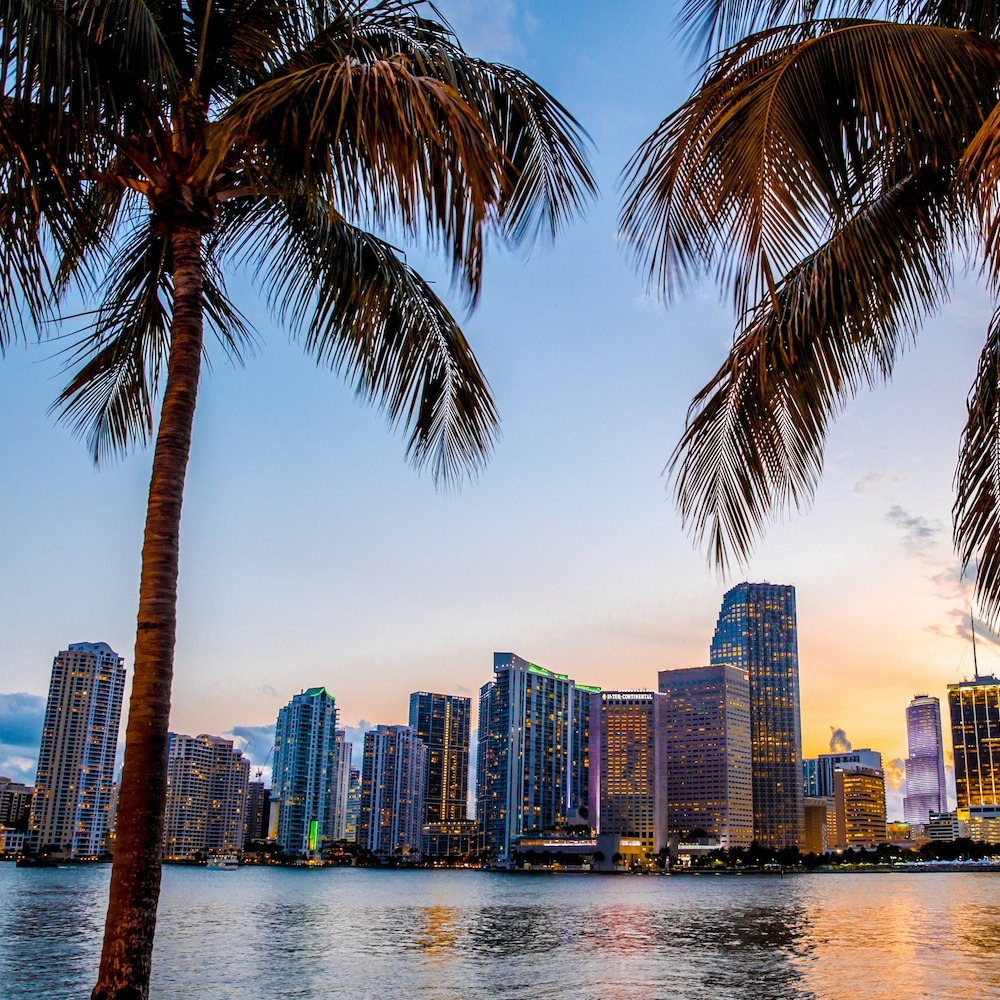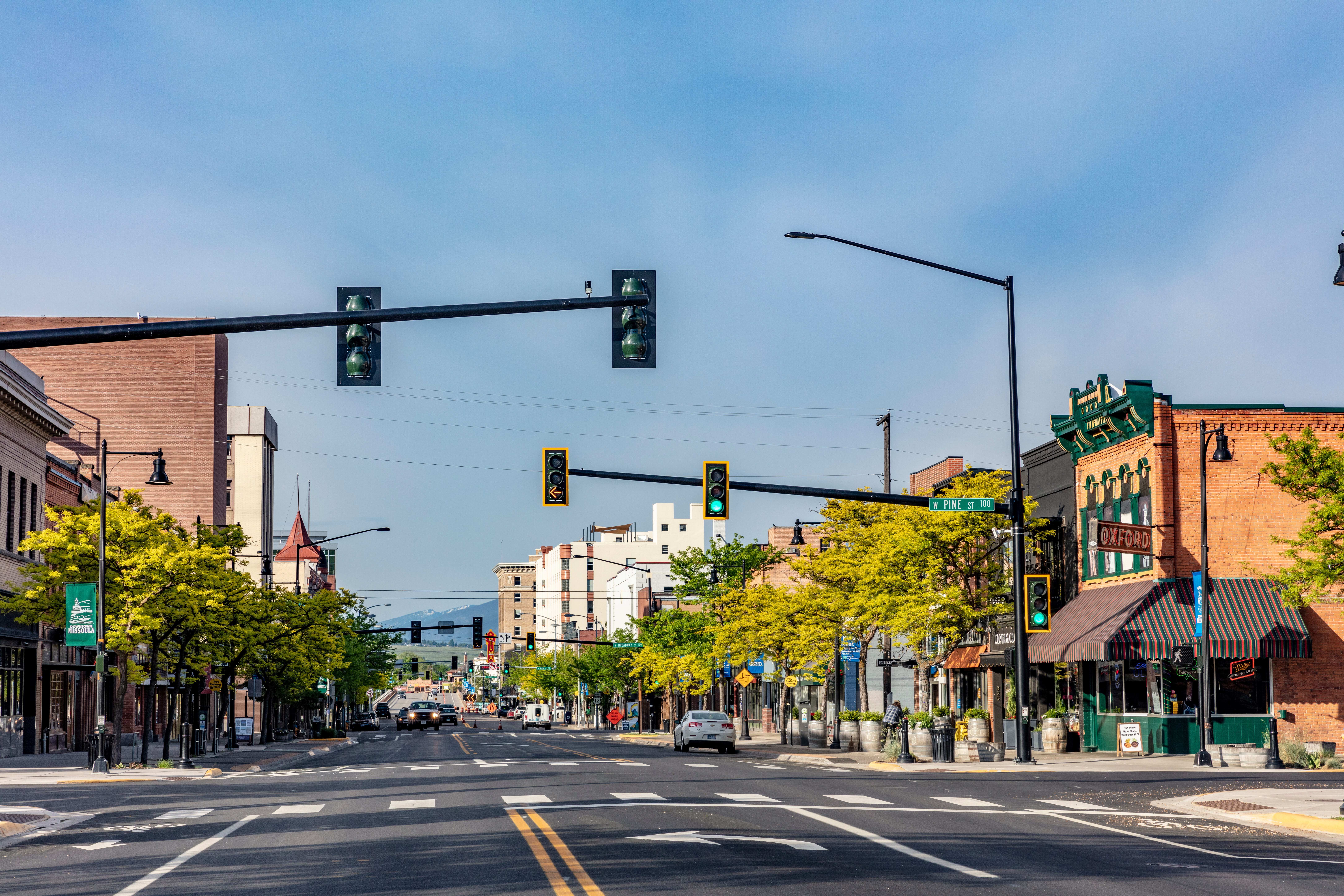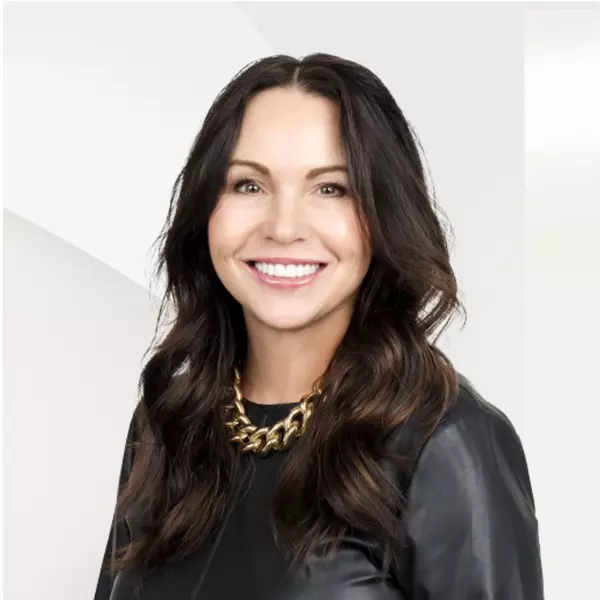American Luxury Evolution
From the glimmering opulence of the Gilded Age to the sleek and subdued minimalism of today, American luxury has undergone a remarkable and consistent transformation. Learning about the key trends and influences that have shaped this evolution is an essential part of applying this knowledge to your own life and style!
American luxury has evolved significantly over the years, in. a variety of facets! Style evolution is constantly reflecting changes in society, culture, and technology. From the opulence and glamour of the previously mentioned Gilded Age to the creative and abstract perspective of the Art Deco area, and into modern day minimalism. This article explores the history of an everchanging American luxury and how it has transformed and evolved over time.
THE GILDED AGE: EXCESS
The Gilded Age, spanning from the late 1800s to the early 1900s, was a time of immense wealth, opulance, and excess in America. The rapidly growing country was experiencing incredibly fast-paced industrialization and economic growth. The super wealthy elite showed off their wealth through extravagant and immense displays of luxury.
Mansions, yachts, and private trains were just a few of the extravagent ways the wealthy showed off their powerful status. This impactful era also saw the rise of higher-end, luxury brands like Tiffany & Co. and Louis Vuitton! These brands offered a new standard of living, which catered to the wealthy with their high-end products. However, the excess of the Gilded Age eventually lost it's glamour and gave way to a more understated and subdued form of luxury in the following decades.
ROARING TWENTIES
The Roaring Twenties was a significant moment in the shift in American luxury and standard of living, as the country emerged from World War I and entered an intense period of economic prosperity. This era was wholly characterized by a focus on leisure and entertainment! Jazz music, flapper fashion, and speakeasies started becoming increasibly popular amongst every class, but especially the upperclass.
Luxury goods such as cars, radios, and other home appliances/inventions became more accessible to the middle class. Advertising of luxury and a new standard of living played a key role in promoting these products. The Art Deco style also began to emerge during this time, with its sleek and modern aesthetic began influencing everything from architectural to fashion design. Overall, the Roaring Twenties represented a more democratic form of luxury, with a focus on accessibility and modernity.
POST-WAR BOOM: MASS PRODUCTION
The post-World War II era saw a significant shift in the definition and association with American luxury! This immense shift can be attributed to mass production and accessibility becoming key factors in the industry. The rise of neighborhood suburbanization and the baby boomer period led to an increased demand for consumer goods! Manufacturers responded by producing these goods on a much larger scale.
This led to a significant decrease in prices and an increase in accessibility, as more and more people were able to afford luxury goods like cars, televisions, and home appliances and inventions. Advertising of these new products continued to play a key role in promoting them in the average American lifestyle. With television quickly becoming a more popular medium for reaching consumers, television marketing and advertising went on-screen. The still referenced and renowned mid-century modern style emerged during this time period! Clean lines and a more minimalist aesthetic began to reflect the era's focus on simplicity and functionality over everything else. Overall, the post-war boom represented a massive democratization of luxury, with more and more middle class people than ever before having the opportunity to indulge in all of the budding benefits of modern consumer culture.
80S RISE OF DESIGNER
The 1980s marked a significant shift in American luxury towards the exclusivity and allure of designer brands. The rise of conspicuous consumption and the prominent "greed is good" mentality of the era led to a demand for high-end, status-symbol, luxury products.
Designer brands like Chanel, Gucci, and Louis Vuitton started to become popular among the wealthiest, and their logos became synonymous with luxury lifestyle and a higher standard of living. This era also saw the emergence of the luxury goods conglomerate, with companies like LVMH and Richemont acquiring multiple high-end brands to profit off of and create a monsterous monopoly. The 1980s also saw the rise of luxury fashion shows and events, which was further cementing the exclusivity and glamour associated with luxury brands in American society. Overall, the 1980s represented a shift towards a more elitist and exclusionary form of American luxury, with designer brands and unattainability becoming key factors in the industry.
MODERN TIMES: SUSTAINABLE
In more recent years, there has been a growing and evolving trend towards sustainability and more conscious consumerism in the luxury industries of every kind. Consumers are becoming much more aware of the environmental and social impact of their every day and luxury purchases. Luxury is changing definition, as people are seeking out brands that align with their values moreso than their desired status symbol. Luxury brands are therefore responding by beginning to incorporate sustainable and more eco-friendly practices into their production processes. By using eco-friendly materials, and partnering with organizations that promote social and environmental causes, they're able to draw in a consumer base of the wealthy and environmentally aware. In addition to this, there is a growing demand for transparency, equibility and ethical practices in the industry! With more and more consumers expecting the brands they purchase from to be accountable for their actions, the industry is shifting in a massive wat. As a result of this budding awareness, many luxury brands are rethinking their entire approach to marketing and branding! They are focusing on creating a much more meaningful, sustainable, and authentic connection with their consumer base than ever before.
Categories
- All Blogs (331)
- Awards (1)
- Business (5)
- community (11)
- Engel & Völkers (9)
- Explore Montana (18)
- Exterior Design (3)
- Home Buyers (1)
- Interior Design (17)
- Land & Ranch (1)
- Luxury (3)
- Luxury Art (2)
- Luxury Fashion (6)
- Luxury Lifestyle (18)
- Luxury Real Estate (9)
- Luxury Travel (15)
- missoula (1)
- Montana Homestead (9)
- Real Estate Industry (2)
- Seasonal (9)
- Sellers (1)
- Travel (2)
- Vintage (2)
Recent Posts











License Partner | Global Private Office Advisor
+1(406) 550-4131 | dawn.maddux@evrealestate.com
